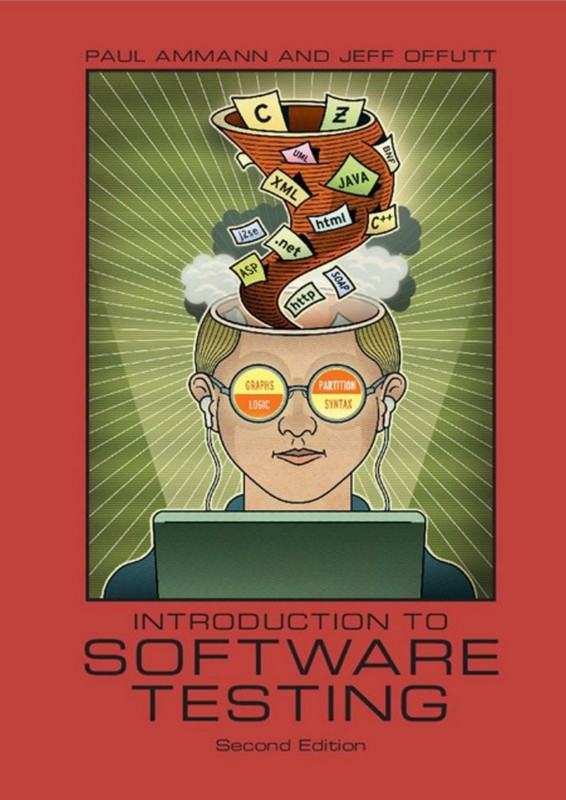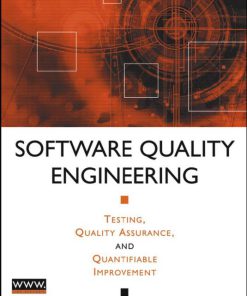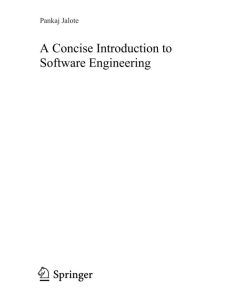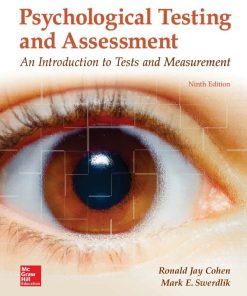Introduction to Software Testing 2nd edition by Paul Ammann, Jeff Offutt ISBN 1107172012 978-1107172012
Original price was: $50.00.$25.00Current price is: $25.00.
Authors:Paul Ammann; Jeff Offutt , Series:IT & Computer [510] , Tags:Computers; Software Development & Engineering; General , Author sort:Ammann, Paul & Offutt, Jeff , Ids:Google; 9781107172012 , Languages:Languages:eng , Published:Published:Dec 2016 , Publisher:CAMBRIDGE UNIVERSITY PRESS , Comments:Comments:This extensively classroom-tested text takes an innovative approach to explaining software testing that defines it as the process of applying a few precise, general-purpose criteria to a structure or model of the software. The book incorporates cutting-edge developments, including techniques to test modern types of software such as OO, web applications, and embedded software. This revised second edition significantly expands coverage of the basics, thoroughly discussing test automaton frameworks, and it adds new, improved examples and numerous exercises. The theory of coverage criteria is carefully and cleanly explained to help students understand concepts before delving into practical applications, while extensive use of the JUnit test framework gives students practical experience in a test framework popular in the industry. Exercises, meanwhile, feature specifically tailored tools that allow students to check their own work. The book’s website also offers an instructor’s manual, PowerPoint slides, testing tools for students, and example software programs in Java.













